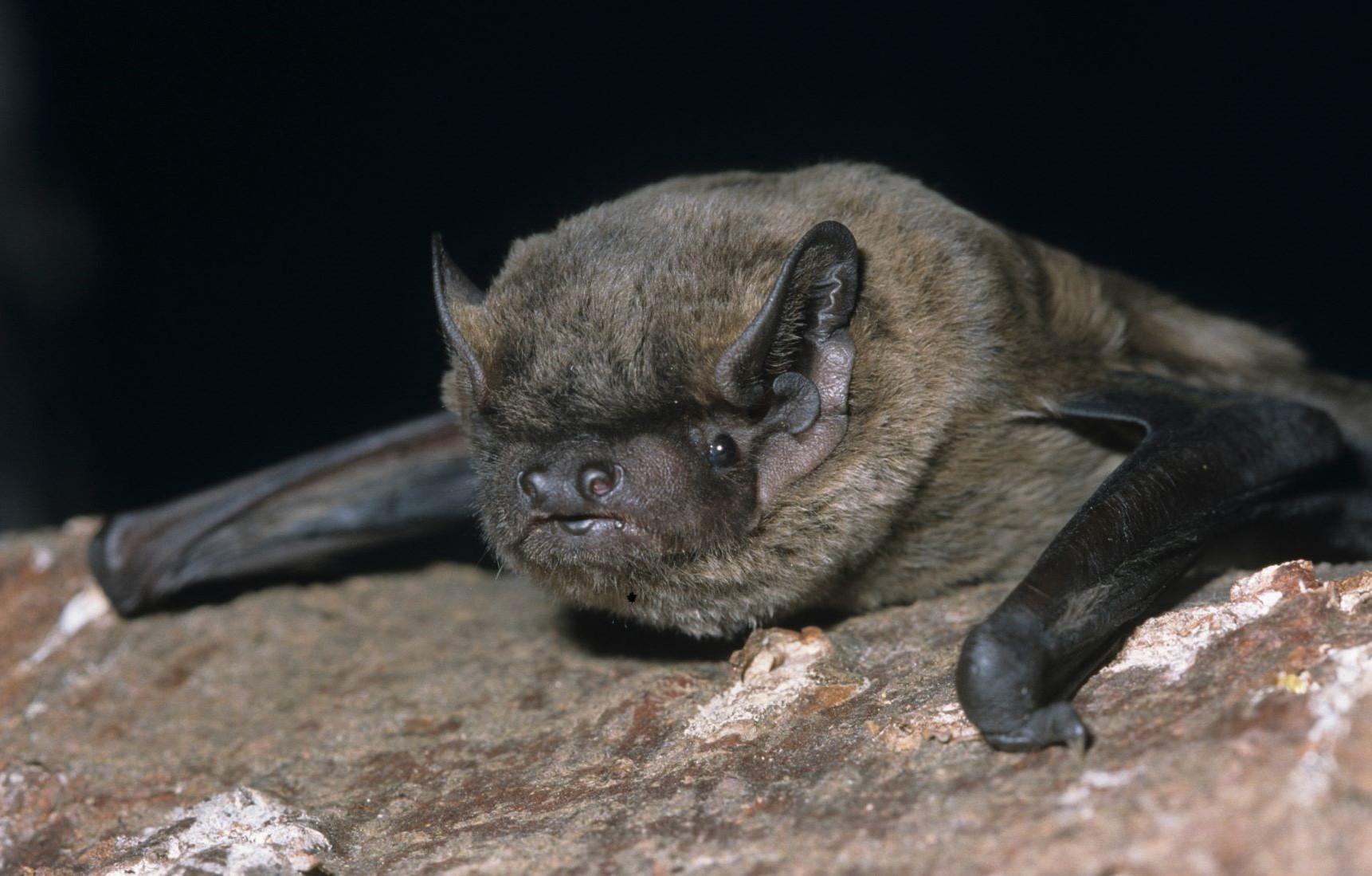
Breeding
Mating occurs in late summer and early autumn and the males can have a harem of up to 9 females. The females won’t give birth however, until mid-June the following summer. Usually just a single pup is born.
Where do they live in the Forest?
They live in areas with plenty of trees which makes the forest ideal habitat. They’ll roost in holes in mature trees.
Natural predators
Kestrels and Long-eared Owls.
Spotting tips
This species comes out to hunt at sunset. Interestingly, the mating call of the male is audible to humans.
Not to be confused with
Noctule bats which are bigger with shorter fur.
Conservation status
Protected in the UK under the Wildlife and Countryside Act, 1981. They are also a European Protected Species through the European Habitats Directive.
How you can help
This species is threatened by the loss of woodland and mature trees, become a Friend of the Forest and support our work creating and maintaining habitats for wildlife and help this species thrive.



